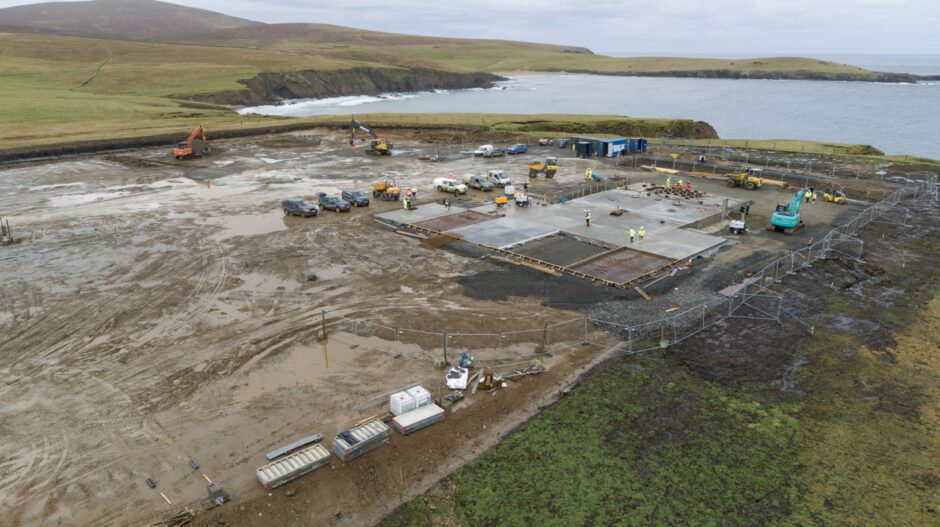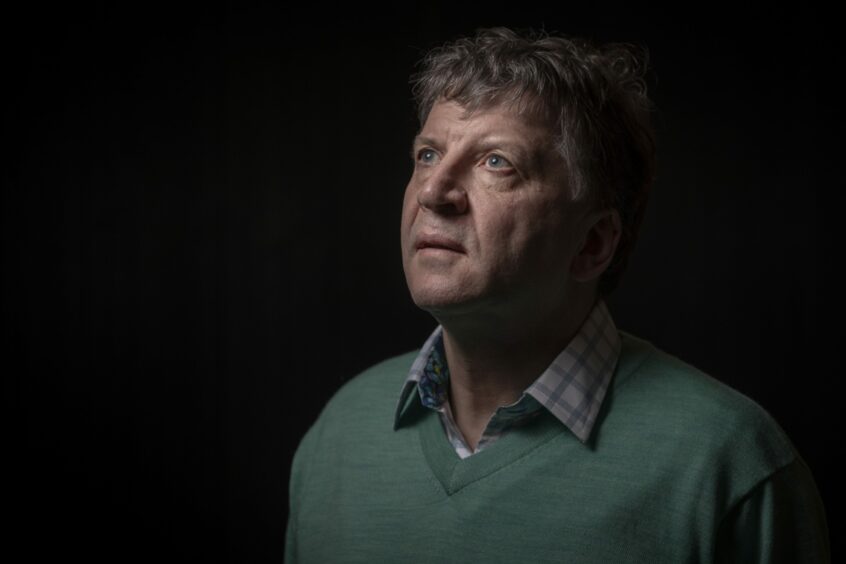Energy developer Nova Innovation is leading a consortium to look at the potential of producing green hydrogen and oxygen from its tidal projects in Shetland.
The Green Hydrogen and Oxygen Supply from Tidal Energy (Ghost) project is backed by £131,017 from the Scottish Government’s £7 million Hydrogen Innovation Scheme.
First Minister Humza Yousaf announced the whole funding package, covering 32 innovative projects, at the All-Energy conference in Glasgow today.
Potential customers
Ghost will explore the use of hydrogen and oxygen for transport, domestic heating and industry in Shetland, including SaxaVord UK Space Port on Unst.
Nova, together with Strathclyde University, Shetland Islands Council and global green energy consultancy Ricardo, will investigate potential markets for the gases.
Oxygen is a by-product of green hydrogen production. This is often discarded, although it is already used in aquaculture in Shetland.
According to Edinburgh-based Nova, it also has the potential to be used by the spaceport, creating a 100% renewable rocket fuel.
In addition to finding potential markets, the Ghost project will assess the feasibility of tidal energy projects around Yell as a reliable source of electricity for the electrolysers needed to make hydrogen and oxygen for Shetland.
Nova already operates the world’s first offshore tidal array in Bluemull Sound, north of Yell, and is developing a 15 megawatt project in Yell Sound, to the south.
Simon Forrest, chief executive, Nova, said: “We are delighted to have won the Ghost project, which will enable us to explore the potential for producing green hydrogen and oxygen utilising tidal power.
“We believe green hydrogen will transform the energy industry and deliver huge benefits for the people of Shetland with heat and transport, as well as creating the possibility of green space flight.
“With the opportunity to bypass electricity grid constraints, hydrogen is a promising route to market for tidal energy and other renewables.
Valuable insights’
“The study will provide us with valuable insights into the role of green hydrogen and oxygen across Shetland.”
SaxaVord chief executive Frank Strang said the project “aligns perfectly with our aspiration to create Europe’s leading sustainable spaceport”.
The project will be advised by a steering group comprised of Shetland companies, SaxaVord Space Centre, Cooke Aquaculture and Voar Energy.
Unlike conventional hydrogen production methods that rely on fossil fuels, green hydrogen generated from renewable power is billed as a “clean and sustainable alternative”.
It is said to have the potential to revolutionise industry and forms a key part of the Scottish Government’s energy strategy.
SaxaVord’s first launch is slated for later this year. It will likely be a first for vertical orbital rocket launches in Europe.














Conversation